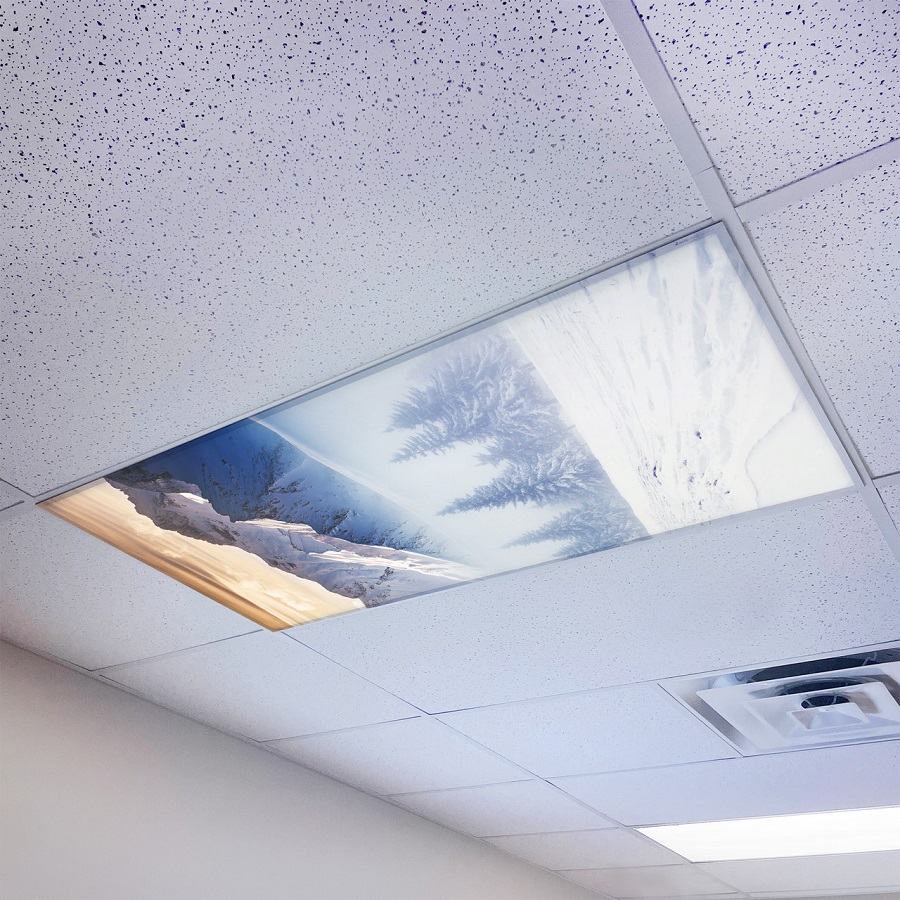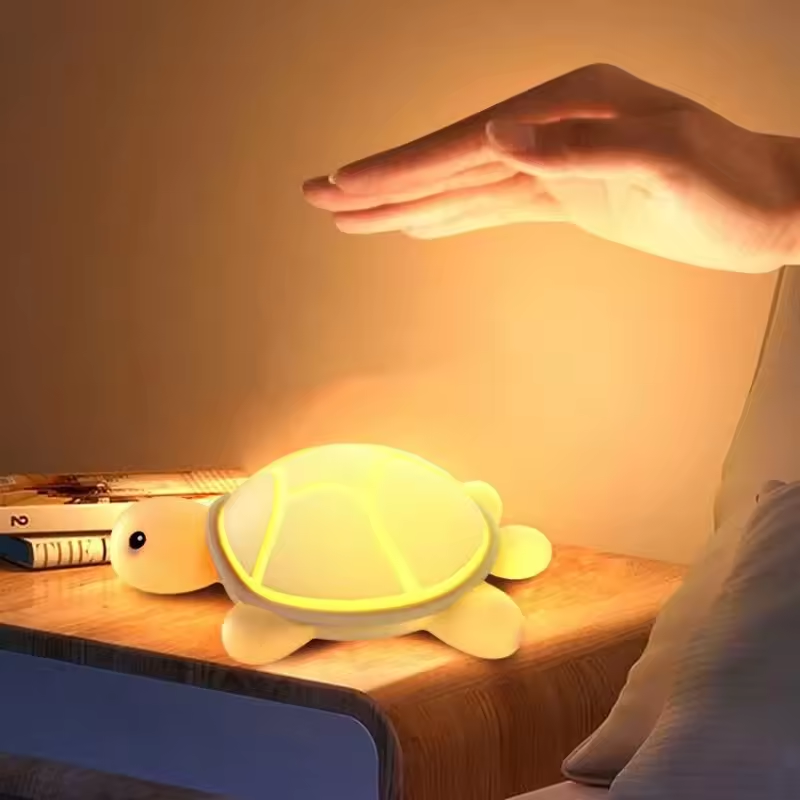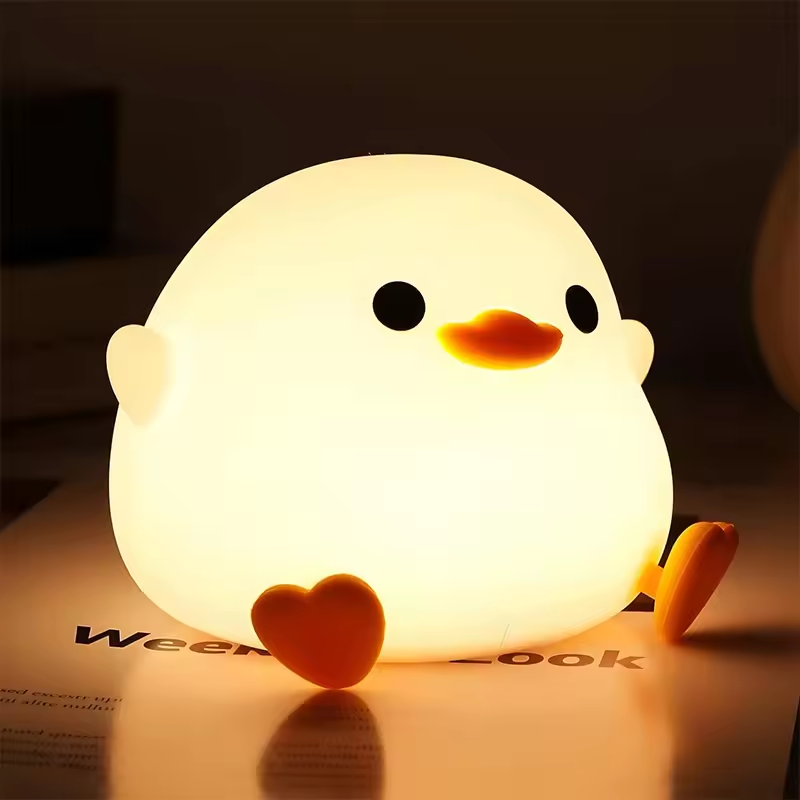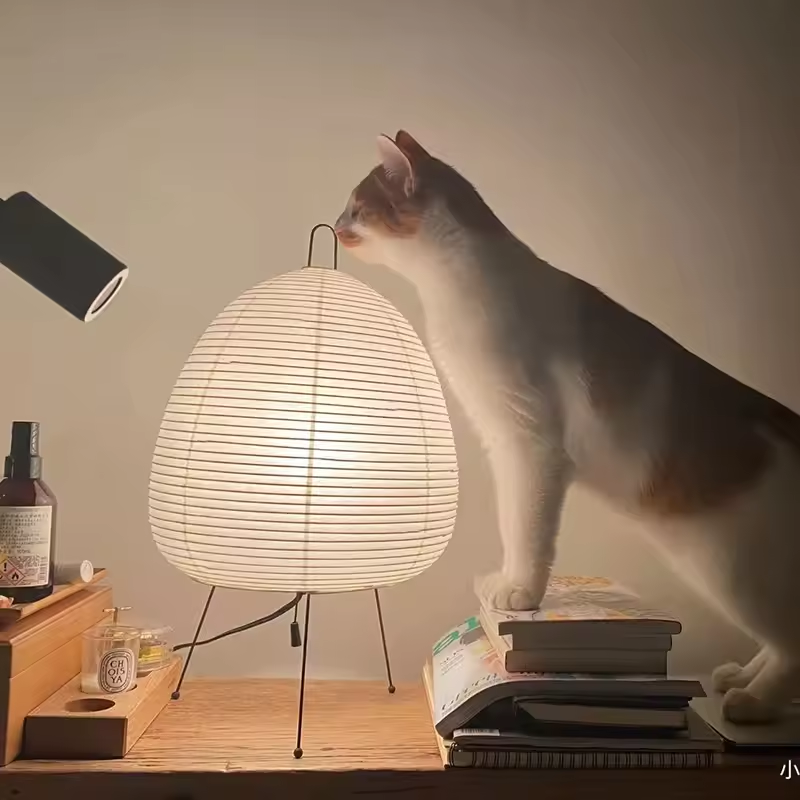Introduction to Ceiling Recessed Lighting
Ceiling recessed light, often simply called ‘recessed lighting’, has become a staple in modern home design. These lights are installed into hollows in the ceiling, which makes them flush with the surface, giving a sleek and unobtrusive look. Ideal for minimalist and contemporary interiors, recessed lighting can complement any room, enhancing the ambiance without overpowering other elements.
Key Benefits of Using Recessed Lighting in Modern Homes
Recessed lighting offers several advantages that make them an excellent choice for modern homes. Firstly, they help in creating the illusion of a higher ceiling, thus making rooms appear larger. Secondly, they provide a clean, streamlined look that pairs well with modern aesthetic sensibilities. Additionally, due to their design, they reduce the occurrence of shadows and glare, providing a more uniform light distribution.
Popular Styles and Shapes
The versatility of recessed lighting allows for various styles and shapes that can suit any decor. The most common shapes include round and square fittings, each available in various sizes to match room dimensions and design preferences. Some popular styles feature adjustable trims, which allow the direction of the light to be controlled, perfect for highlighting artworks or creating focused lighting in reading areas. Another trend is the integration of decorative trims that add a touch of elegance to the basic recessed light setup.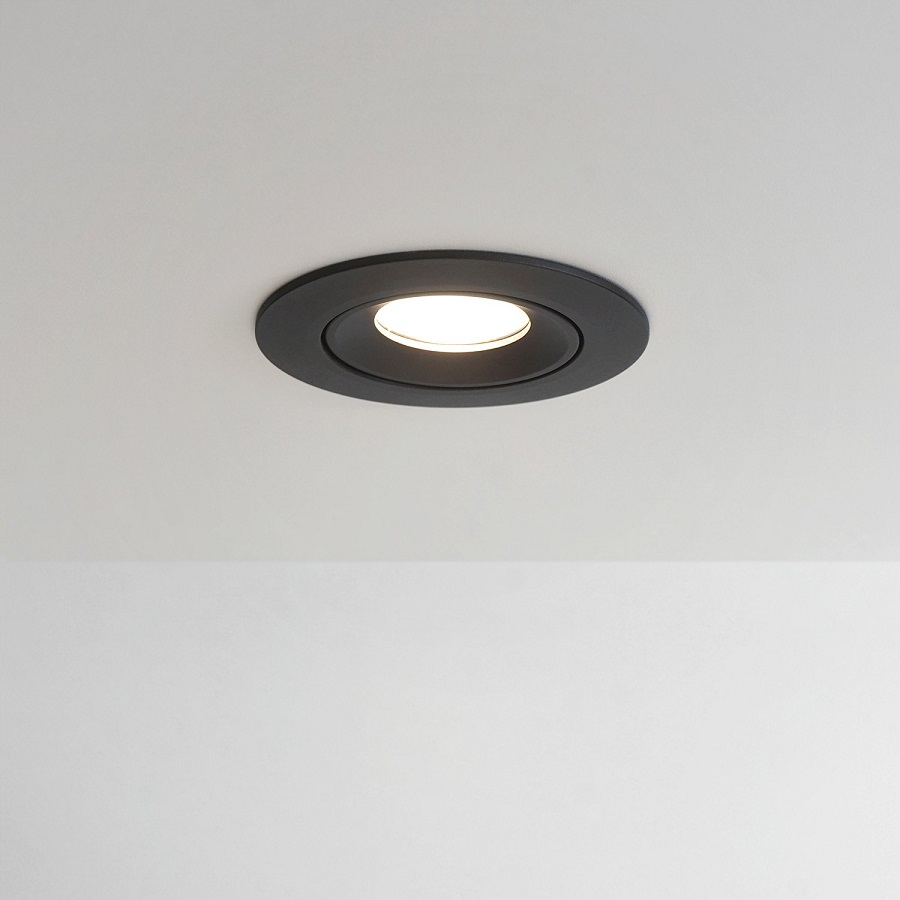
Factors to Consider When Choosing Recessed Lighting
Selecting the right ceiling recessed light involves more than picking a style you love. You must consider several factors to ensure that your lighting choice is both functional and aesthetically pleasing.
Size and Spacing
Begin by considering the size of the lights. Smaller bulbs create a more subtle effect, while larger ones produce a broader light. Next, focus on spacing. Even placement avoids dark spots in a room. Aim for a balance that ensures both uniform illumination and a design that complements your space.
To determine ideal spacing, factor in the height of your ceilings. As a rule, space the lights approximately one-half to one-third the ceiling’s height apart. This measure helps you achieve optimal light distribution without overdoing it. Properly spaced recessed lights give the room a well-thought-out, professional look.
Type of Bulbs and Energy Efficiency
The bulb type is crucial for energy savings. LED bulbs are popular for their longevity and low energy consumption. They stay cool, reducing the risk of overheating. Moreover, they are cost-effective over time. Always check the bulb’s lifespan and energy rating. Opting for high-efficiency bulbs can lead to significant savings on your energy bills.
Color Temperature and Dimming Options
Lastly, the color temperature affects the mood of the room. Warm whites create a cozy atmosphere while cool whites invoke a more alert vibe. This aspect is especially important in areas where ambiance is key.
Dimming options add flexibility to your lighting. With dimmers, you can adjust the brightness to suit different times of the day or various activities. This feature not only enhances comfort but also contributes to energy efficiency, as you can reduce brightness when full light isn’t necessary.
Latest Trends in Recessed Lighting Designs
The world of ceiling recessed light is constantly evolving, with new trends emerging to meet the demands of modern homeowners. These advancements are not only about aesthetics but also about incorporating technology and environmental considerations. Let’s explore these current trends in more detail.
Integration of Smart Technology
One of the significant shifts in recessed lighting designs involves the integration of smart technology. Modern ceiling recessed lights now often come equipped with features that allow for remote control through mobile apps or voice-controlled assistants. Homeowners can adjust brightness, switch lights on or off, and even change color temperatures with simple voice commands or a few taps on their smartphone. This convenience dramatically enhances user experience and flexibility in managing their home lighting environments.
Environmentally Friendly Options
As global awareness of environmental issues grows, so does the demand for eco-friendly home solutions. In recessed lighting, this trend is reflected in the increased use of LED bulbs, which are vastly more energy-efficient and have a longer lifespan than traditional bulbs. Moreover, manufacturers are now producing ceiling recessed lights with recyclable materials and designing them to minimize environmental impact without compromising performance. Homeowners can now choose lights that not only reduce their energy bills but also decrease their ecological footprint.
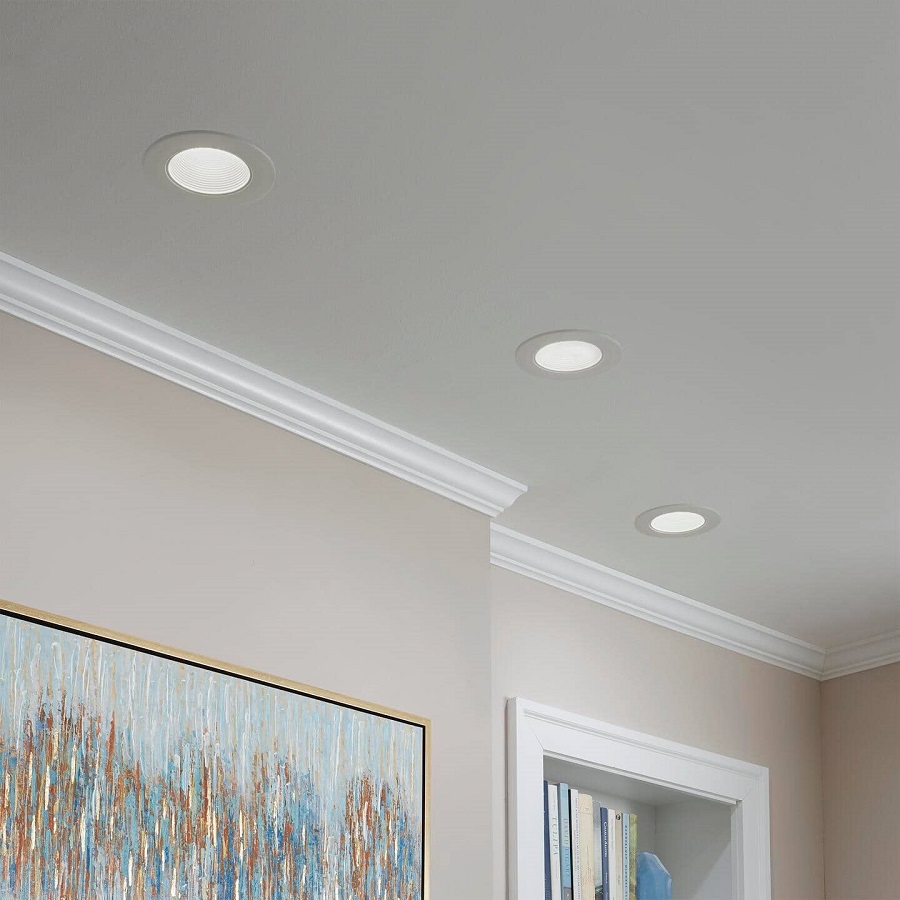 Installation Tips for Recessed Lighting
Installation Tips for Recessed Lighting
Installing ceiling recessed lighting requires careful planning and attention to details. Here’s how you can ensure a successful installation.
Planning the Layout
Before you begin, draft a lighting plan. Assess the room’s size and function. Mark where each light should go, aiming for even coverage and task-specific illumination. Use the ceiling height to guide your spacing, maintaining a balanced look. Choose a focal point, such as a fireplace or painting, for accent lighting. Don’t forget to take furniture placement into account to avoid shadows and glare.
Remember, the goal is uniform light distribution while matching the room’s aesthetics. A well-planned layout yields a harmonious blend of form and function.
Safety Precautions and Common Mistakes to Avoid
Safety comes first when installing recessed lights. Always turn off the power at the circuit breaker. Double-check that the lights and dimmer switches are compatible. Secure all connections and use the correct support for each fixture.
Avoid common mistakes like overcrowding the ceiling with lights or placing them haphazardly. Don’t ignore the insulation rating of fixtures (IC rated for insulated ceilings). Poor planning can lead to uneven lighting and potential safety hazards.
With these installation tips, your ceiling recessed light setup will not only look sleek but also be safe and highly functional.
Creative Ways to Incorporate Recessed Lights
Recessed lights, known for their sleek design, offer a range of creative applications. These fixtures blend seamlessly into modern homes.
Accent Lighting
Accent lighting is a perfect role for recessed lights. Place them around art pieces or architectural features to draw attention. Adjust the angle of adjustable trims to focus the beam. This creates a dramatic effect and highlights these elements effectively. A ceiling recessed light can illuminate a sculpture or brighten a dark corner, adding depth to your space. Aim for a warm color temperature for a welcoming ambiance.
Task Lighting for Functional Areas
For areas where functionality is key, like kitchens and offices, task lighting is essential. Use recessed lights over countertops, desks, or reading nooks to provide clear, focused light. Place them to avoid shadows when you’re working. Bright, cool-white bulbs can boost concentration and energy. Remember to evenly space them to cover the area without glare. Dimming options are great for task lights, as they allow you to adjust brightness to the task at hand, whether you’re chopping vegetables or sorting paperwork.
 Case Studies of Modern Homes Using Recessed Lights
Case Studies of Modern Homes Using Recessed Lights
Recessed lights have a transformative power often underestimated until seen in action. This section looks at actual modern homes that have embraced ceiling recessed light, highlighting the significant changes before and after installation. The impact of these lights is not just in illumination but in the overall ambiance and feel of the space.
Transformation Before and After
Imagine a living room with standard lighting—functional yet uninspired. Now, envision the same room after installing recessed lights. The outcome is striking. The ceiling appears higher, the room feels more spacious, and the light spreads evenly, removing harsh shadows. In kitchens, recessed lighting under cabinets reveals workspaces once hidden in the shade. Hallways that were once dark and narrow now have an inviting glow, guiding the path forward.
Photographs of before-and-after scenarios in these homes tell a story. They show how strategically placed recessed lights can alter perception and introduce a whole new level of sophistication to a space. This visual evidence demonstrates the potential and versatility of incorporating modern lighting solutions into home design.
Homeowner and Designer Insights
Feedback from homeowners and interior designers reveals a shared appreciation for the subtle yet significant impact of recessed lights. Homeowners enjoy the refreshed look and the way lighting can enhance the home’s feel. Designers praise the ability to influence mood and direct focus using adjustable trims and color temperatures. Both agree that integrating dimming options and smart technology brings a new level of customization and convenience.
The consensus is clear: recessed lighting is a smart choice for anyone looking to modernize their home. It offers myriad aesthetic and functional benefits that traditional lighting simply cannot match. The case studies underscore the importance of proper installation and planning to realize the full potential of ceiling light designs.
